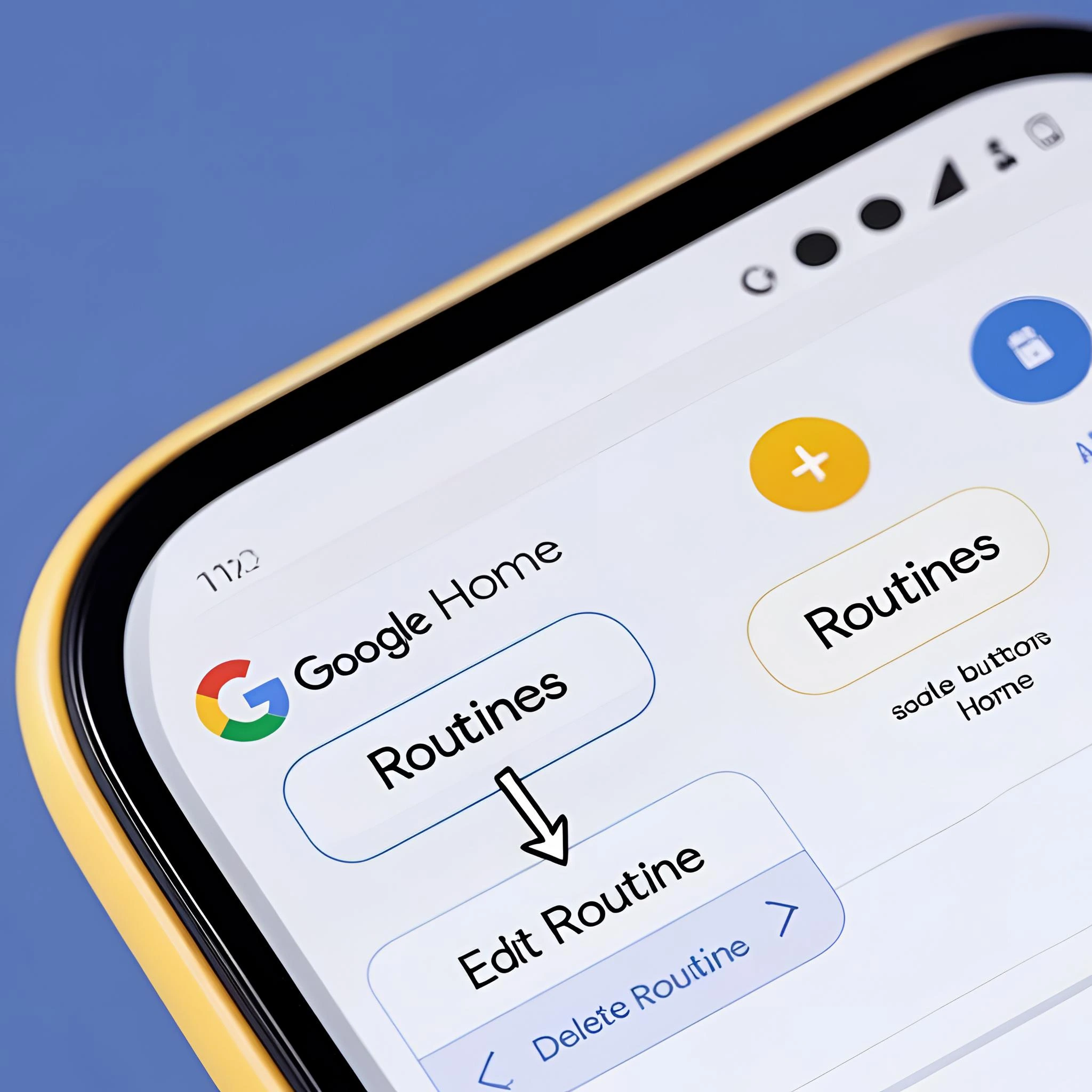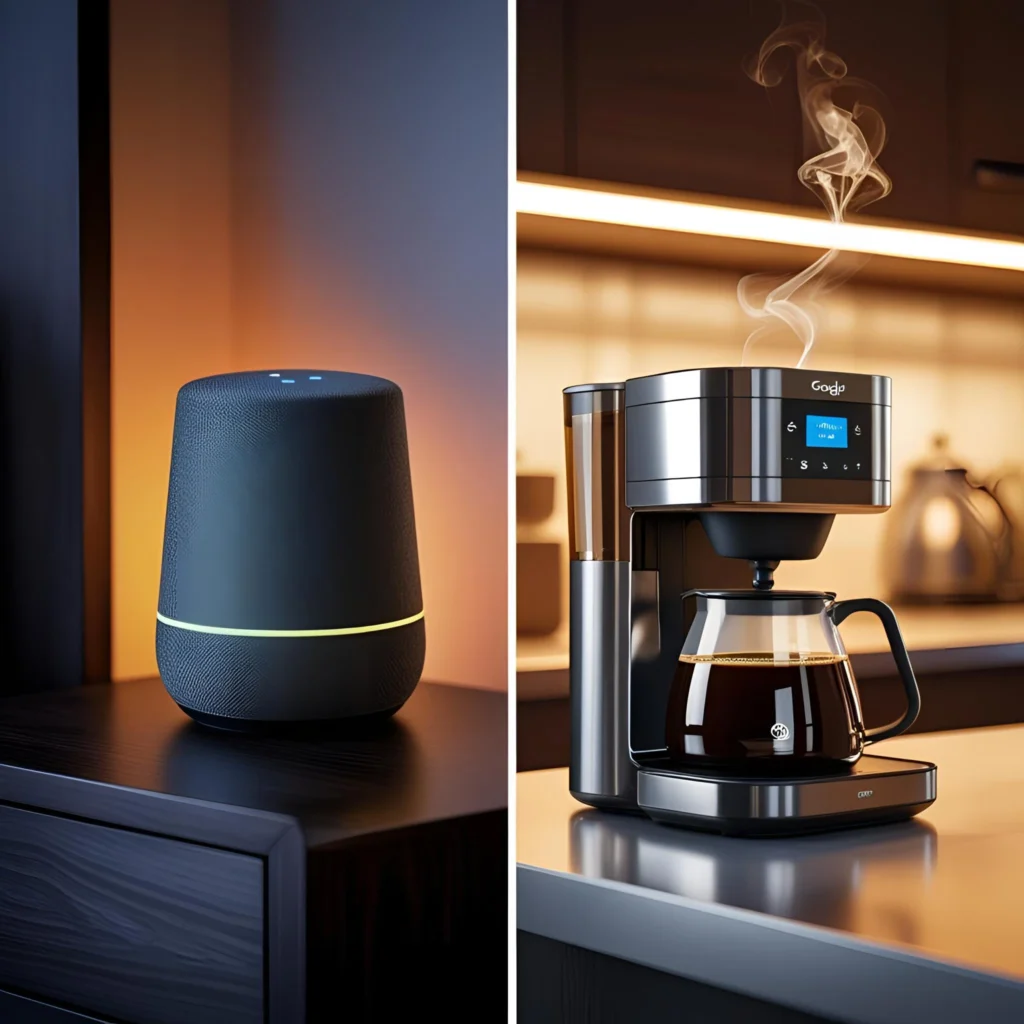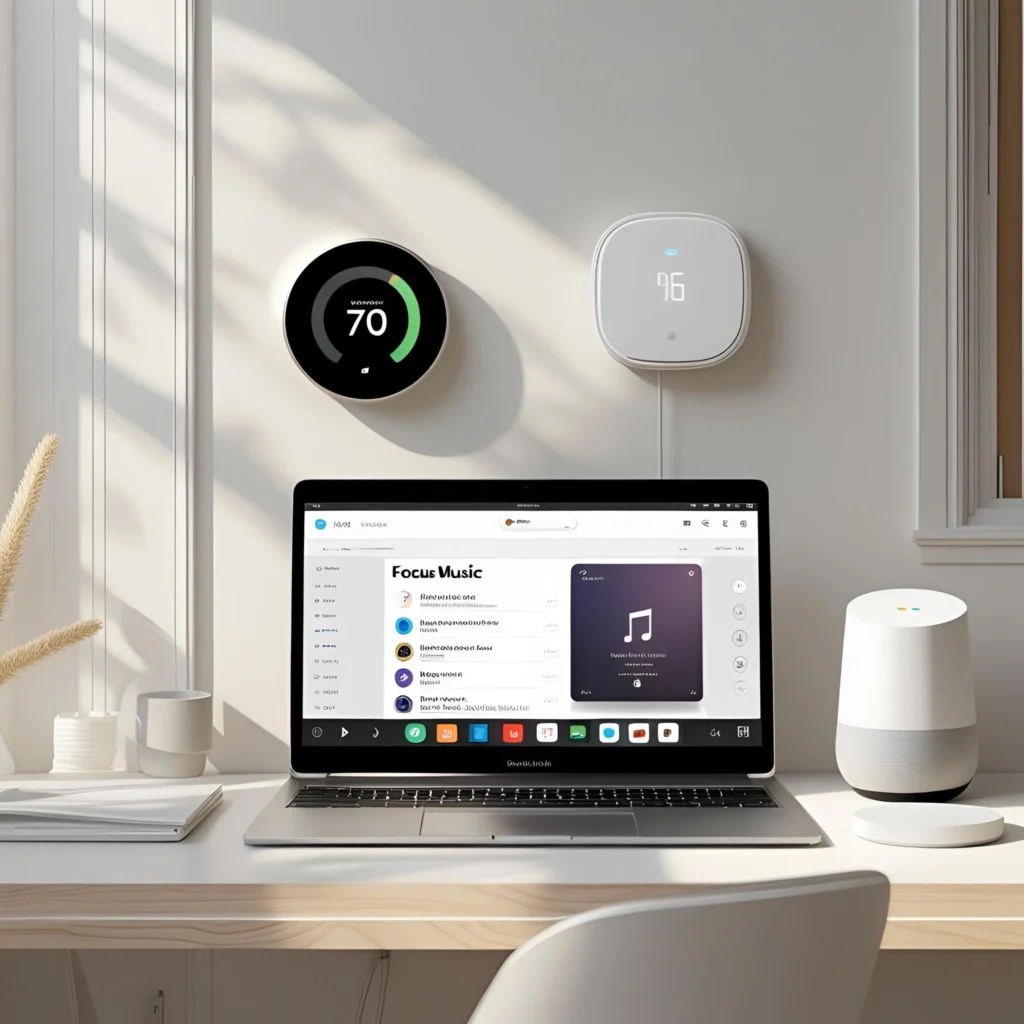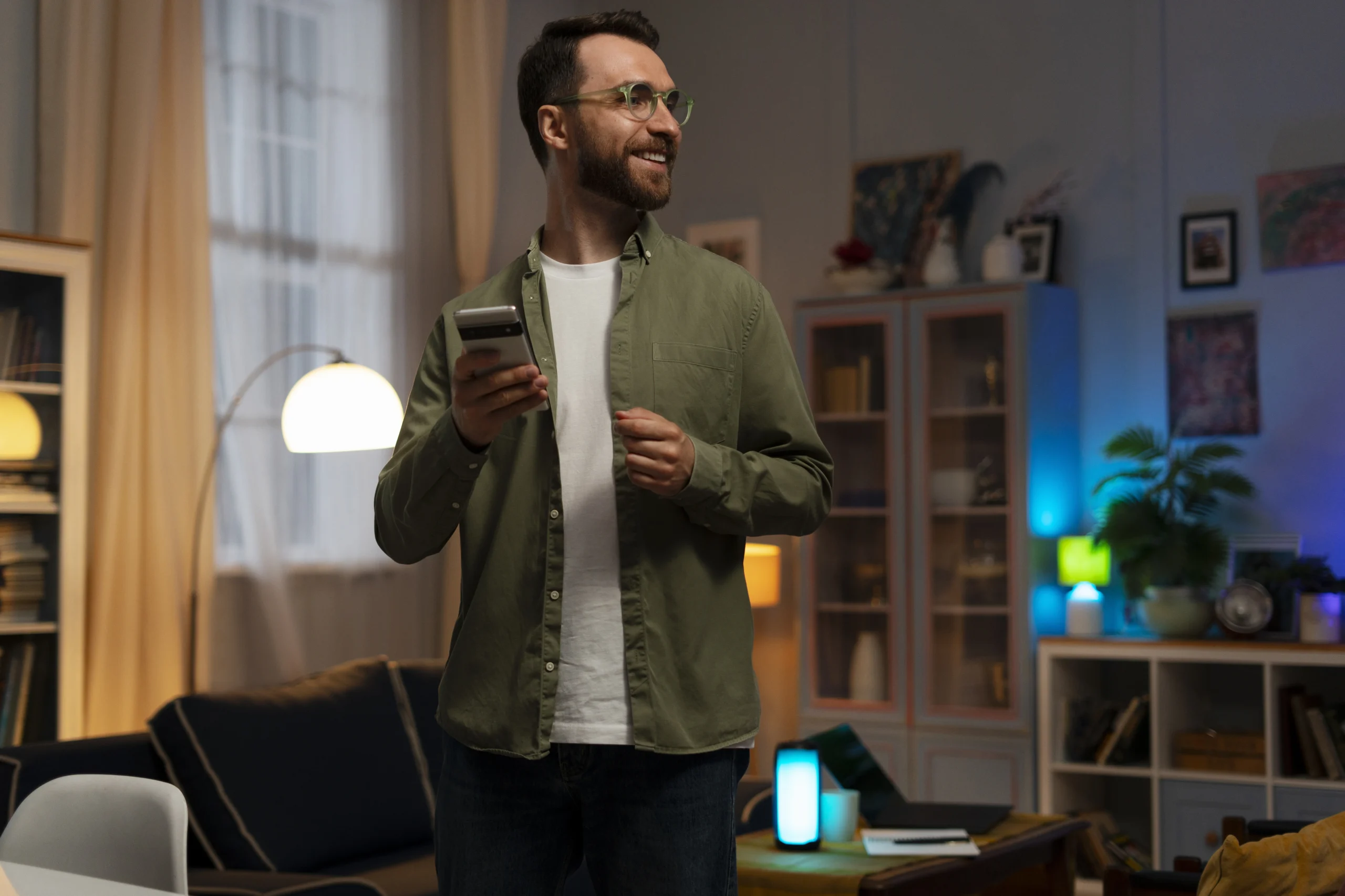In today’s fast-paced world, every minute counts. What if you could shave off precious time from your daily routine with just a few voice commands? Google Home routines make it possible by automating repetitive tasks, from brewing your morning coffee to locking up at night.
In this guide, we’ll explore three simple Google Home routines that help you reclaim time, reduce stress, and make your day more efficient. Whether you’re a busy professional, a parent, or just someone who loves smart home tech, these automations will streamline your life.

Why Use Google Home Routines?
Google Home routines allow you to trigger multiple smart home actions with a single command. Here’s why they’re a game-changer:
Save time – No more manually adjusting lights, thermostats, or reminders.
Reduce decision fatigue – Automate repetitive tasks so you can focus on what matters.
Enhance convenience – Control multiple devices hands-free with just your voice.
Boost productivity – Set up workflows that help you stay on track.
Now, let’s dive into three time-saving routines you can set up in minutes.
3 Simple Google Home Routines That Save Time
1. Morning Efficiency Boost
Purpose: Automate your morning routine so you start the day smoothly.
How It Works:
Say, “Hey Google, good morning,” and your Google Home will:
- Turn on smart lights gradually (to mimic sunrise).
- Give you a weather update and daily calendar events.
- Start your smart coffee maker (if connected via a smart plug).
- Play your favourite news podcast or upbeat music.
Time Saved: 10+ minutes (no more fumbling with switches or checking your phone).

2. Work-from-Home Productivity Mode
Purpose: Minimise distractions and create a focused work environment.
How It Works:
Say, “Hey Google, work mode,” and your Google Assistant will:
- Adjust your smart thermostat to an optimal temperature.
- Silence phone notifications (via compatible apps).
- Play focus-enhancing background music (like white noise or lo-fi beats).
- Set a Pomodoro timer for productivity sessions.
Time Saved: 5+ minutes per transition (no more manual setup when switching to work mode).

3. Wind-Down Evening Routine
Purpose: Help you relax and prepare for a restful night.
How It Works:
Say, “Hey Google, bedtime”, and your smart home will:
- Gradually dim the lights to signal winding down.
- Lock smart doors (if compatible with Google Home).
- Set an alarm for the next morning.
- Play soothing sounds (like rain or ocean waves).
Time Saved: 7+ minutes nightly (no more running around, turning off lights or checking locks).
How to Set Up These Google Home Routines
Setting up these routines is quick and easy:
- Open the Google Home app on your phone.
- Tap Routines (under the “Automations” tab).
- Select + New Routine and choose a starter command (e.g., “Good morning”).
- Add actions (e.g., adjust lights, play news, control smart plugs).
- Save and test your routine!
(Pro Tip: For advanced setups, connect Google Home with IFTTT or smart plugs for more customisation.)
Pro Tips for Maximising Google Home Routines
- Use smart plugs to control non-smart devices (like coffee makers).
- Sync with your calendar for personalised reminders.
- Create custom voice commands (e.g., “Hey Google, movie night” to dim lights and turn on the TV).
- Combine with other smart devices (Nest, Philips Hue, August Locks) for full automation.
FAQs About Google Home Routines
1. Can I use routines without smart home devices?
Yes! Even without smart lights or plugs, Google Home can still give weather updates, play music, or read your schedule.
2. Are these routines customizable?
Absolutely—you can add or remove actions based on your needs.
3. Do these routines work with Alexa?
Amazon Alexa has similar routines, but the setup process differs.
Conclusion
With these three simple Google Home routines, you can save over 20 minutes daily while making your home smarter. Whether it’s a seamless morning, a distraction-free work session, or a relaxing bedtime, automation makes life easier.
Which routine will you try first? Set it up today and enjoy a more efficient tomorrow!
Also read: Top 5 budget smart home devices (2025)
